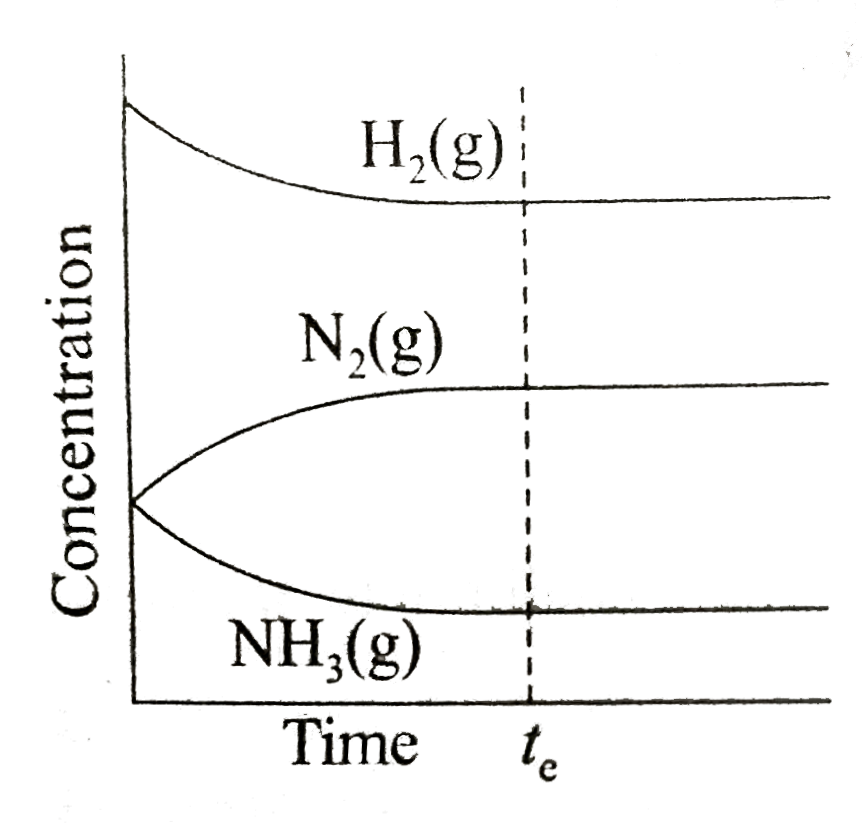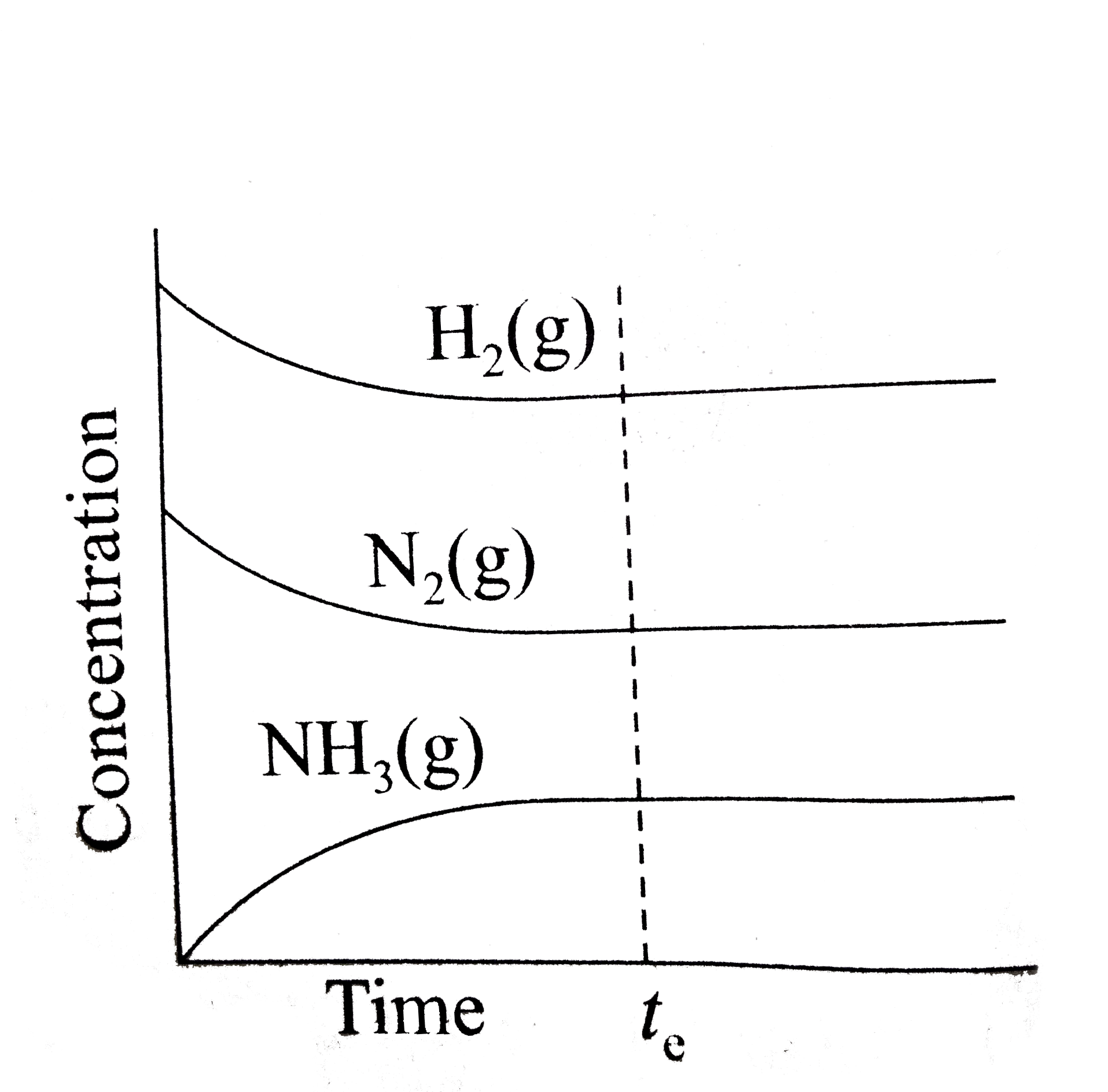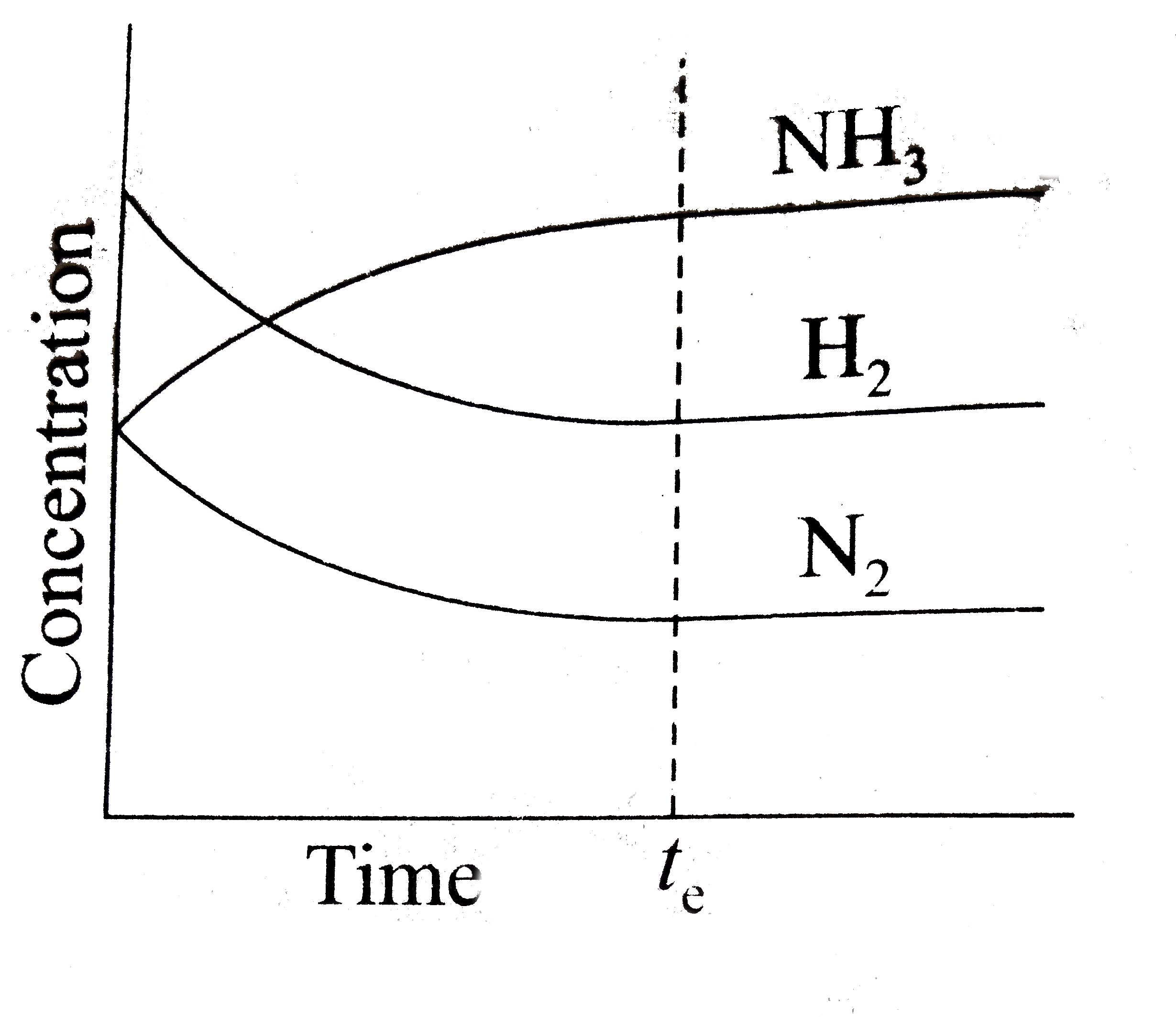A
B
C
D
Text Solution
Verified by Experts
The correct Answer is:
|
Topper's Solved these Questions
EQUILIBRIUM
AAKASH INSTITUTE|Exercise Assignment (SECTION-D) (LINKED COMPREHENSION TYPE QUESTIONS)|8 VideosView PlaylistEQUILIBRIUM
AAKASH INSTITUTE|Exercise Assignment (SECTION-E) (ASSERTION-REASON TYPE QUESTIONS)|12 VideosView PlaylistEQUILIBRIUM
AAKASH INSTITUTE|Exercise Assignment (SECTION-B)(OBJECTIVE TYPE QUESTIONS (ONE OPTION IS CORRECT)|20 VideosView PlaylistENVIRONMENTAL CHEMISTRY
AAKASH INSTITUTE|Exercise ASSIGNMENT (SECTION-D) (Assertion - Reason Type Questions)|5 VideosView PlaylistGENERAL PRINCIPLES AND PROCESSES OF ISOLATION OF ELEMENTS
AAKASH INSTITUTE|Exercise Assignment (Section-D) Assertion-Reason Type Question|15 VideosView Playlist
Similar Questions
Explore conceptually related problems
Knowledge Check
A
B
C
D
Submit
A
B
C
D
Submit
A
B
C
D
Submit
Similar Questions
Explore conceptually related problems
AAKASH INSTITUTE-EQUILIBRIUM-Assignment (SECTION-C) (OBJECTIVE TYPE QUESTIONS (MORE THAN ONE OPTION ARE CORRECT)
- The following reaction attains equlibrium at high temperature N(2)(g...
01:26
|
Playing Now - For the reaction PCl(5)(g)hArrPCl(3)(g)+Cl(2)(g) the forward reaction ...
02:48
|
Play - If the concentration of two monobasic acids are same, their relative s...
03:16
|
Play - Which of the following solution will have no effect on Ph on dilution ...
03:23
|
Play - Which of the following is correct about the equlibrium ?
01:03
|
Play - Which of the following statements are correct ?
04:03
|
Play - Equal volumes of following solutions are mixed. In which case the pH o...
04:08
|
Play - A weak base (BOH) with K(b) = 10^(-5) is titrated with a strong acid (...
01:58
|
Play - What is the difference in pH for 1//3 and 2//3 stages of neutralizatio...
04:19
|
Play - Which of the following solution will have pH close to 7?
02:29
|
Play



